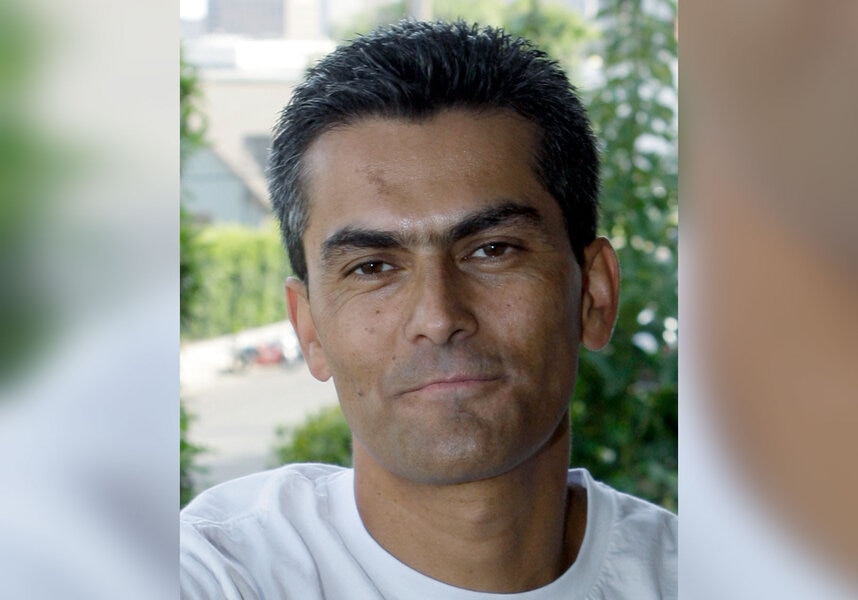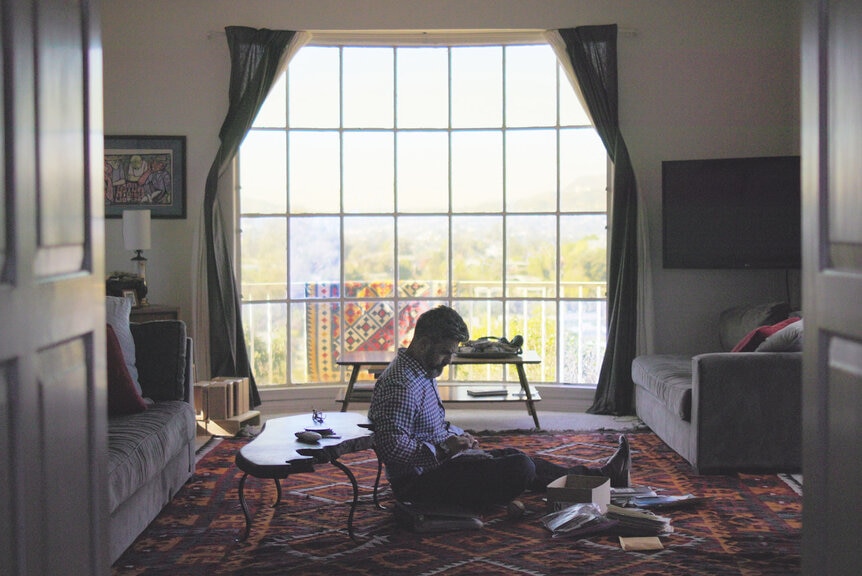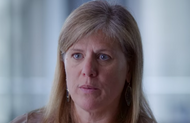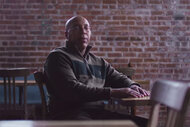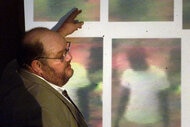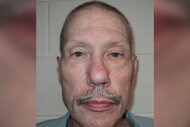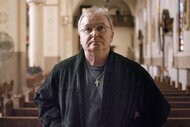Create a free profile to get unlimited access to exclusive videos, breaking news, sweepstakes, and more!
Who Is Franky Carrillo, One Of The Wrongly Convicted People In ‘The Innocence Files’?
Francisco "Franky" Carrillo Jr. was convicted of killing someone in a drive-by shooting, despite a solid alibi and a lack of physical evidence.
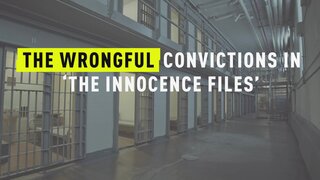
Sentenced to prison as a teenager for a murder he didn’t commit, Francisco “Franky” Carrillo Jr. would spend 20 years behind bars before the Innocence Project helped him overturn his conviction. Now his heartbreaking story is one of the eight wrongful conviction cases getting profiled in Netflix’s new docuseries “The Innocence Files.”
Liz Garbus, the filmmaker behind “Who Killed Garrett Phillips?” and “Lost Girls," directed the nine-episode series, which is meant to “expose difficult truths about the state of America’s deeply flawed criminal justice system,” a press release from the docuseries stated.
Arrested as a teen, Carrillo was one of many wrongfully convicted citizens across America, spending the latter part of his formative years locked up. His struggles were featured prominently in episodes four and five of the docuseries — so who is he, and where is he now?
Who is Carrillo?
Carrillo grew up in a one-bedroom apartment in Lynwood, California, a city located within Los Angeles County, back in the late 1980s and early '90s. It was a particularly rough area at the time, due to the crack epidemic and a rise in gang violence. Carrillo’s mother left the family when he was 9, leaving his father to take care of him and his three other siblings. Despite the tribulations, Carrillo characterized his father as loving, moral, and hardworking.
Due to the gang violence in the area, Carrillo said he was jumped and even stabbed multiple times, all before the age of 16. He himself was also in a gang, indoctrinated into the Latino gang Young Crowd as a teen. He didn’t go through any initiation phase, which would have been a more typical entry into the group, because his sister had married into the gang.
On Jan. 18, 1991, a man named Donald Sarpy was killed in a drive-by shooting. A group of teens had been hanging out on a sidewalk just after sunset when a car drove up to them. A person leaned out of the window from the vehicle’s passenger side and fired two shots. Sarpy, the father of one of the teens on the sidewalk, was shot as he was trying to call his son inside.
The sheriff’s department believed almost immediately that it was the work of the Young Crowd gang, as retaliation against N-Hood, an African-American gang in the neighborhood. Carrillo was investigated as the shooter despite the fact that no physical evidence ever linked him to the scene and he had a solid alibi: Carrillo’s own father said he was home, and Carrillo maintained he went home, had dinner, and did chores homework, but prosecutors would insist that was a lie.
He was arrested six days after the shooting when witness Scott Turner was given a book filled with Young Crowd member photos by investigators. He picked out Carrillo — but only after some prompting, he would later claim, according to the docuseries. Turner eventually recanted his testimony and alleged former Deputy Craig Ditsch steered him to pick Carrillo, leading him to encourage his friends to identify Carrillo, too.
Carrillo's first trial was held in January 1992, but due to the lack of confidence or consistency of eyewitnesses, it ended in a mistrial. Jurors featured in the docuseries explained that the witnesses ultimately revealed that they didn’t get a good view of the killer or the car.
However, these same eyewitnesses changed their tune by his second trial that summer. They all seemed positive that Carrillo was, in fact, the killer. This resulted in him being found guilty on June 20, 1992.
He was sentenced to two consecutive life sentences in December 1992. All the while, his son, who his then-girlfriend got pregnant with when he was 16, was growing up without him. They were forced to communicate by mail.
Carrillo told Oxygen.com that he worked through much of his anger over what happened to him while still incarcerated.
"There was anger, confusion, depression, everything you could think of was happening," he said. "Luckily for me, during that time, I was able to understand and process it and get through it while I was in custody."
Where is he now?
While behind bars, the Northern California Innocence Project, in conjunction with law firm Morrison & Foerster and volunteer attorney Ellen Eggers, took on his case.
“They get so entranced in making sure they resolve them," Carrillo told Oxygen.com of the Innocence Project. "I don’t think I would be here if they weren’t around.”
The justice seekers were able to convince the court to go to the scene of the crime to prove through a reenactment that it was impossible for the witnesses to have identified the shooter.
Carrillo’s conviction was overturned and reversed in March 2011 by the Los Angeles County Superior Court, and after 20 years behind bars, he was finally released, according to the Innocence Project.
He got to reunite with his son, get married, and start a family with his wife. They now live in a picturesque house in Los Angeles' Echo Park, as the docuseries shows.They also have a second home on a 30-acre ranch with horses.
He received $683,300 in compensation from the state of California, and after filing a federal civil rights lawsuit seeking compensation from the city of Los Angeles, he was awarded an additional $10.1 million in settlement money.
Carrillo graduated from Loyola Marymount University in May 2016. He even ran to be an assemblyman for the Los Angeles neighborhood Eagle Rock in 2017, Patch reported at the time.
Carrillo told Oxygen.com that he still has political aspirations, but is not sure if he will run again.
“More immediate, my heart is really involved with people coming home from incarceration, so the re-entry world," he told Oxygen.com. "I’ve been focusing on creating a non profit for re-entry.”
The non-profit would teach former inmates how to become self-sufficient, learning seemingly small tasks like fixing a lawnmower or a screen door. Carrillo noted such skills can empower a person.
Carrillo writes — cursive hand-written notes — to some of his friends who are still incarcerated, saying for him it's therapeutic to not ignore that part of his life. He goes to dinner and barbecues with some of his pals who have since gotten out as well. He's also friends with the judge who freed him, the district attorneys, and the Sarpy family.
"All these lives that weren’t supposed to cross have just kind of meshed together," he said of his eclectic friend group.
The actual gunman confessed to shooting Sarpy in 2003, according to the Innocence Project. Carrillo told Oxygen.com he doesn't know why that man hasn't been officially charged.
He said that he still gets upset when he sees other cases of injustice happening.
"When I see law enforcement still relying on a lone eyewitness to make a case, it frustrates me," he told Oxygen.com. "There are so many stories where that has gone wrong. Things should change, right?"
